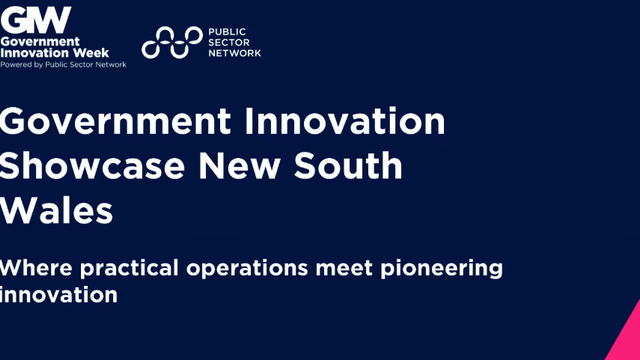
In the past year, digital citizen experiences have come into sharper focus. The launch of the Australian Government’s Data and Digital Strategy, the MyGov User Audit and the advancement of the Digital Identity system are just a few initiatives designed to improve access to online public services.
Adobe’s second annual Global Government Digital Performance and Inclusion (GDPI) Benchmark shows commitment and investment in digital service delivery is making a difference. Australia’s Benchmark score has climbed to 68.4 out of 100 this year, up from 58.8 in 2022.
The GDPI Benchmark examines government website metrics across three dimensions. The first is customer experience, based on user feedback on desktop and mobile experiences.
Second is site performance, measuring page loading speeds, errors, and findability of sites. And finally, digital equity, or the ease of accessing, reading, and understanding websites.
Australia’s overall Benchmark score was pushed higher due to a 33% uplift in the Digital Equity dimension. Agencies improved website accessibility, which moved into the cutting-edge level of maturity, and far higher language readings were helped by broader use of human-assisted and machine translation services.
Citizens’ ability to navigate digital public services has also become moderately easier. Site Performance scores were boosted by an uplift in search authority, the measure for ease of finding public information. myGov’s search authority alone rose 20% as the agency made content more discoverable.
Meanwhile, there was little change in the customer experience dimension. Citizens continued to rank their desktop experience as better than on mobile devices, with the potential to hold back experiences for many who have mobile-only access to the internet.
The analysis revealed that while progress is being made to drive digital inclusion, public services aren’t always designed to cater to the needs of all citizens. Frustrations remain, with 65% of citizens having to navigate six or more websites before finding what they need.
The millions of Australians who don’t speak English at home or have lower literacy levels are also likely to encounter persistent challenges. The agencies that score higher tend to create experiences that ensure citizens can find, read, and understand public information on their preferred device, thereby increasing participation and public service outcomes.
Performance across States and Territories
Across States and Territories, the New South Wales Government has again recorded the top score this year, rising to 72.9 out of 100. The State led its peers on both the Customer Experience and Digital Equity dimensions.
Commenting on the result, Greg Wells, Chief Executive Officer, Service NSW Government, said, “As part of our commitment to be the world’s most customer-centric government by 2030, we’ve invested in technology to make it easier for our customers to find and access the information and assistance they require.”
“For example, the MyServiceNSW Account provides a single front door for customers to access, connect and manage all their digital services with the NSW Government. The results of this report demonstrates the positive impact such investments are having on our citizens.”
Queensland was the fastest mover this year, climbing the rankings to rival New South Wales’ overall score and overtaking ACT, now in third position. Queensland recorded a Benchmark reading of 70.4, a 14.2% rise from 2022.
South Australia also gained ground in the rankings, led higher by the best Site Performance score among States and Territories. That was followed by Victoria, which improved its scores across all three dimensions of the Benchmark.
While enhancements were evident nationwide, a significant variation in digital maturity exists. This is particularly evident for the Digital Equity dimension, with scores ranging from 54.4 to 85.7 and showing that there is still work to be done to narrow the digital divide.
Adapting to the next wave of change
To improve Benchmark scores, agencies and departments can consider features like digital self-service, responsive content, multi-lingual translation, and recommendations for 'next best action' to guide citizens.
This is where the potential of generative AI stands out. As governments come to grips with how to use the new technology responsibly, there are strong use cases that can drive digital inclusion and performance.
As outlined in the report, applications such as improving customer support, personalising content to meet individual needs, and boosting search authority are among the ways AI can support Benchmark metrics. This is likely to usher in the next wave of change in the ongoing transformation of citizen services and experiences.
This is just a glimpse of the broader findings in Adobe’s latest report. To dive deeper into the areas where Australian agencies are advancing and pathways to enhance public service delivery and outcomes, read the full report here.


































